Education
Singapore JC Ranking: A Complete Guide for Students

Choosing the right junior college (JC) is a major decision for many students in Singapore. With each JC offering unique academic, co-curricular, and leadership opportunities, knowing where each stands in terms of academic performance and admission criteria is crucial. This article provides an in-depth look at the Singapore JC ranking, including comparisons with past years like Singapore JC ranking 2018, 2017, and 2019. Whether you’re a student preparing for the O-Levels or a parent planning ahead, this guide will help you make an informed decision.
What Determines JC Rankings in Singapore?
The Singapore JC ranking is largely determined by the JC’s admission cut-off points, which are based on the L1R5 aggregate scores from the GCE O-Level examinations. The lower the cut-off point, the more competitive the junior college. Other factors influencing JC rankings include academic performance at A-Levels, university admission rates, and co-curricular achievements.
Latest JC Rankings in Singapore
The most recent Singapore JC ranking shows a familiar pattern where the top-tier JCs like Raffles Institution (RI), Hwa Chong Institution (HCI), and Victoria Junior College (VJC) continue to dominate. These institutions have consistently maintained strong academic reputations and high university placement records.

Image Caption: Top Singapore JCs ranked by cut-off points and performance
Below is a general overview of the most competitive JCs based on the latest available admission data:
- Raffles Institution (RI) – Cut-off: 3 points
- Hwa Chong Institution (HCI) – Cut-off: 4 points
- Victoria Junior College (VJC) – Cut-off: 6 points
- National Junior College (NJC) – Cut-off: 7 points
- Temasek Junior College (TJC) – Cut-off: 8 points
- Anderson Serangoon JC (ASRJC) – Cut-off: 11 points
- Eunoia Junior College (EJC) – Cut-off: 8–10 points
- River Valley High School (RVHS) – Integrated Programme only
- Dunman High School (DHS) – Integrated Programme only
- Jurong Pioneer JC (JPJC) – Cut-off: 16–20 points
This ranking gives you a quick idea of the competition level at each JC and helps assess your chances based on your O-Level results.
Singapore JC Ranking 2018: A Look Back
In the Singapore JC ranking 2018, the top three positions remained the same. RI, HCI, and VJC led the chart, with some shuffling among the mid-tier JCs.
The rankings in 2018 were:
- RI: 3
- HCI: 4
- VJC: 5
- TJC: 7
- NJC: 7
- EJC: 8
- ASRJC: 11
- JPJC: 16
One key trend in Singapore JC ranking 2018 was the rise of Eunoia JC, which was still establishing itself as a top contender after its formation in 2017. It was already making waves with strong academic support and co-curricular emphasis.
Singapore JC Ranking 2017: Pre-Merger Trends
Before the JC mergers, the Singapore JC ranking 2017 looked slightly different. Several JCs that were later merged or closed were still operating independently. For example, Meridian JC and Tampines JC were separate entities at the time.

Notable cut-off scores from Singapore JC ranking 2017 included:
- RI: 3
- HCI: 4
- VJC: 5
- ACJC: 8
- TJC: 8
- SRJC (later merged): 13
- Meridian JC: 14
- Tampines JC: 15
2017 also marked a pivotal point in the JC landscape as MOE began announcing consolidation plans due to falling cohort sizes, which impacted the long-term viability of some JCs.
Singapore JC Ranking 2019: A Year of Stability
By 2019, the merger of several junior colleges had been completed, and a new equilibrium had formed. The Singapore JC ranking 2019 reflected these changes, showing more consistency and maturity in institutions like EJC and ASRJC.
Highlights of Singapore JC ranking 2019:
- RI and HCI held strong at the top, with 3–4 point cut-offs.
- VJC continued to impress with excellent academic and CCA performances.
- EJC had stabilized into the 8–9 point range.
- ACJC and TJC remained in the upper-middle tier.
- Yishun Innova JC (YIJC) emerged after a merger, averaging 17–18 cut-off points.
This year marked greater awareness of integrated programmes and alternative routes to A-Levels, with some students opting for private education or polytechnic pathways instead.
Understanding Cut-Off Points and What They Mean
The cut-off point (COP) for each JC is determined annually and varies slightly depending on demand and performance of the student cohort. A COP of 3 means that the JC admits students with L1R5 scores of 3 or better. Students with bonus points (e.g., for CCA or Higher Mother Tongue) can effectively apply to more competitive JCs.
While the Singapore JC ranking helps identify competitive institutions, it’s essential to note that every JC has its strengths. A school with a higher COP may offer niche CCAs, leadership programs, or subject combinations that align better with a student’s interests and aspirations.
How to Choose the Right JC Beyond Rankings
While it’s tempting to chase the top-ranked junior colleges, the right JC for a student depends on several other factors:
- Academic support and subject offerings: Some JCs specialize in arts, sciences, or humanities.
- CCA opportunities: Consider if the JC supports your preferred sport, uniformed group, or performing art.
- Culture and environment: Attend open houses to get a feel of the campus life and teaching style.
- Commute time: Proximity to home affects daily routine and energy levels.
A student who thrives in a nurturing environment at a mid-tier JC may outperform peers at top JCs who struggle under pressure. Hence, use Singapore JC ranking as a reference, not a sole decision-maker.
Future of JC Education in Singapore
With the evolving education landscape, JC education is adapting too. There’s a stronger focus on soft skills, project work, and interdisciplinary learning. The Ministry of Education has emphasized developing future-ready learners with critical thinking and global awareness.

Moreover, JCs are collaborating more with universities, industries, and overseas institutions to provide enhanced learning experiences. So even if a JC isn’t ranked at the very top today, its long-term value could surprise you.
Conclusion
The Singapore JC ranking offers valuable insight into the academic competitiveness of junior colleges. It reflects trends in education, student demand, and performance standards. Comparing the Singapore JC ranking 2018, 2017, and 2019, we observe the steady dominance of top institutions while also seeing the growth of newer, merged JCs.
That said, students should focus on finding a JC that best matches their personal goals, interests, and learning styles. Rankings are a tool—not a determinant of future success. Choose wisely, and remember: your A-Level journey is just the beginning.
Education
Inside SMU Grading System: Complete 2025 Guide
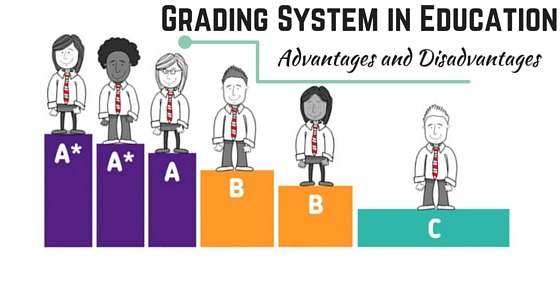
The smu grading system is designed to measure a student’s mastery of concepts, academic performance, and overall progress throughout each course. Singapore Management University uses a detailed structure that aligns grade points, letter grades, assessment scores, and cumulative GPA to give students a transparent understanding of where they stand academically. This system ensures fairness, clarity, and consistency for every undergraduate and postgraduate programme, making it one of the most structured academic evaluation policies in Singapore. Students often refer to the smu grade bands, smu academic grading scale, and smu cumulative gpa guidelines to plan their performance strategies effectively. Understanding the smu course grading rules empowers learners to follow the right study approach and excel in their academic journey.
The university evaluates performance through continuous assessments, examinations, class participation, and coursework. Because the smu academic system singapore is performance-driven, learners must stay aware of every component that contributes to their final mark. Knowing how smu module grading works helps students identify which sections carry the highest weight and how to maintain a balanced academic score throughout their degree.
SMU Grades Overview and Grade Bands
The smu grades overview includes multiple grade levels ranging from A+ to F, each carrying a specific grade point value. These smu grade bands help students understand how their exam results convert into grade points. SMU uses consistent thresholds to maintain fairness, and these smu grade boundaries guide faculty and students in interpreting academic achievements. Whether you are an undergraduate or a postgraduate student, the smu undergraduate grading system and smu postgraduate grading system follow similar principles, though programme requirements may vary. Understanding these grade descriptors ensures students can accurately interpret their transcript and course results.
The smu letter grades map directly to GPA points. Grades such as A or A- fall under the higher performance band, while grades such as C or D indicate lower mastery levels. The smu marks grading system is strict but fair, encouraging continuous effort and steady academic commitment.
SMU GPA Calculation and Weighted GPA
A critical part of the smu grading system is the smu gpa calculation. Singapore Management University uses a weighted GPA model that combines all module results to determine a student’s smu weighted gpa. Each module carries credit units, and these smu credit grade points contribute to the final smu cumulative gpa. Students often track their smu student gpa to maintain strong academic performance and work toward graduation requirements.
The smu gpa scale typically ranges from 0.0 to 4.0, with higher values reflecting superior academic achievement. The smu gpa guidelines outline how each component—exams, coursework, participation, and assessments—affects this number. This transparent approach makes it easier for students to forecast their performance and manage their academic responsibilities effectively.
SMU Module Grading and Assessment Criteria
The smu grading system and smu coursework grading framework is built on a combination of continuous assessments and final exams. Faculty evaluate students through multiple criteria such as presentations, class engagement, quizzes, written assignments, group projects, and final examinations. The smu grading criteria ensure fairness across all schools by providing a standardized structure for evaluating work.
The smu module result system records performance throughout the semester. This information contributes to the smu exam grading process, ensuring that final outcomes reflect a student’s consistent effort and understanding. The smu grading system structure highlights that high performance in coursework can significantly influence overall results, making participation and regular study habits essential.
SMU Passing Grade and Academic Standing
A major concern among students is the smu passing grade for each module. SMU typically considers a grade of D or above as a pass, depending on programme requirements. Falling below this threshold may lead to academic warnings or probation. The smu academic standing policy includes several levels, from good standing to academic probation or termination for consistent underperformance.
The smu academic performance rules ensure that students know where they stand and what actions they should take to improve. The smu grade improvement policy allows students to retake modules under certain conditions, ensuring that learners have opportunities to recover academically without compromising the integrity of the grading system.
SMU Degree Classification and Honours System
The smu honours classification system is a crucial part of student life, as many learners aim for distinctions. Degree classifications such as Cum Laude, Magna Cum Laude, and Summa Cum Laude depend on the smu grading system gpa achieved by graduation. These distinctions appear on the smu academic grade report and play a significant role in academic recognition and future career prospects.
SMU uses strict criteria to determine which students qualify for honours. The smu degree classification framework considers cumulative GPA, module requirements, and academic performance across multiple semesters. Students aiming for the highest honours must maintain a consistently strong smu grading system scoring pattern throughout their programme.
SMU Transcript Grading System and Course Results
The smu transcript grading system provides a detailed record of every module completed, including credits, grades, grade points, and cumulative GPA. Employers and graduate schools often evaluate applicants using this transcript. The smu grading system result system ensures that all academic achievements are accurately documented.
Understanding the smu grading system performance data helps students identify their strengths and weaknesses. The transcript offers a breakdown of smu exam result grading, coursework results, and final grade conversions. These details help learners reflect on their progress and plan improvements where needed.
SMU Academic Policies and Evaluation Framework
The smu academic policies govern everything from class participation requirements to assessment rules. These policies ensure fairness, consistency, and transparency in the grading process. The smu evaluation policy outlines how instructors must evaluate coursework, assignments, and examinations.
The smu academic scoring system is built to reward effort, intellectual curiosity, and consistent performance. SMU encourages active learning, which means class discussions and participation can also influence the final grade. The smu grading system ensures uniform academic standards across all schools, including business, law, information systems, social sciences, economics, and computing.
SMU Grade Conversion and Marks to Grades
The smu grade conversion system helps students understand how raw exam scores translate into letter grades. This smu marks to grade structure varies slightly depending on module difficulty and cohort performance. However, SMU maintains fixed smu grade points associated with each letter grade. These points are essential for calculating cumulative GPA and determining honours classification.
Students benefit from understanding the smu exam score to grade model because it helps them set realistic expectations and evaluate their performance accurately. This clarity improves academic planning and encourages stronger study habits.
SMU GPA Requirements for Graduation and Dean’s List
The smu gpa requirements for graduation vary based on programme type. Undergraduate students must maintain a minimum GPA to qualify for progression and graduation, while postgraduate programmes may have higher thresholds. Students also aim for recognition such as the dean’s list, which requires a high smu grading system list gpa each semester.
Keeping track of the smu student gpa is essential for staying on track with graduation requirements. The smu academic results at the end of each semester serve as a performance indicator. Students who fall short may need to improve through strategic study adjustments and better time management.
SMU Grade Evaluation, Review, and Variance
The smu grade evaluation method ensures accuracy and fairness in grading. If students believe there is an error in grading, they may request an smu grade review based on university procedures. The smu grade variance policy ensures that grades across different sections remain consistent and fair for all students.
SMU maintains strict checks to prevent inconsistencies, ensuring that every learner receives the grade they truly earned. This process upholds the integrity of the smu university grading system and reinforces the fairness of academic evaluation.
SMU Academic System and Class Ranking
The smu academic system singapore includes a class ranking approach that measures students’ performance relative to their peers. The smu grading system ranking system helps faculty identify top performers for honours, awards, and scholarships. Students who regularly monitor their smu academic standing can work strategically to remain competitive.
Class ranking also influences internship opportunities, postgraduate placements, and recognition within the university. The smu academic grade report provides all the relevant information that contributes to academic ranking and honours qualification.
SMU Grading Guide and Breakdown
The smu grading guide is designed to help students interpret their grades, score boundaries, and performance expectations. The smu grading system breakdown highlights the weightage of each component—assignments, exams, quizzes, and participation. Understanding this breakdown allows students to focus their efforts on the most impactful tasks.
The smu grading framework ensures transparency in academic evaluation. Students benefit by planning better, studying smarter, and managing time effectively.
Conclusion
Understanding the smu grading system is essential for academic success at Singapore Management University. Whether evaluating smu gpa calculation, interpreting smu grade bands, planning for honours classification, or reviewing smu module results, students must stay aware of all academic requirements. This complete guide helps learners navigate grading rules, GPA evaluation, academic performance expectations, and graduation criteria with confidence. With clarity on the smu academic grading scale and university evaluation policies, every student can take control of their academic journey and work toward excellence.
Education
Top-Ranked Masters Programme Singapore for Graduates

Pursuing higher education after graduation is one of the most effective ways to strengthen career opportunities and personal growth. A masters programme Singapore offers a dynamic learning environment that blends global exposure, practical industry insights, and advanced academic training. Graduates who choose to study in Singapore are positioned to gain not only specialized knowledge but also the skills to succeed in a rapidly evolving job market.
Why Consider a Masters Programme Singapore?
A master’s degree goes beyond academic learning—it is an investment in professional advancement. Enrolling in a masters programme Singapore provides graduates with an edge in today’s competitive environment, equipping them with critical thinking abilities, leadership skills, and practical expertise. Singapore’s higher education landscape is globally recognized for its innovation, research focus, and strong industry connections, making it an attractive choice for postgraduate studies.
Advantages of Postgraduate Studies in Singapore
Global Recognition
A masters programme Singapore is respected worldwide. Graduates often find that their qualifications open doors to career opportunities across multiple industries and international markets. The focus on high-quality education ensures that degrees earned in Singapore remain relevant and valuable.
Industry-Relevant Curriculum
One of the core strengths of postgraduate studies in Singapore is the balance between academic theory and practical application. A well-structured masters programme Singapore emphasizes case studies, hands-on projects, and real-world applications that directly prepare graduates for workplace demands.
Multicultural Learning Environment
Singapore is known as a global hub that attracts students from diverse cultural and professional backgrounds. By joining a masters programme Singapore, graduates gain exposure to international perspectives, fostering cross-cultural understanding and global networking opportunities.
Career Advancement
Employers value postgraduate degrees because they demonstrate commitment, expertise, and advanced skills. A masters programme Singapore not only enhances employability but also provides access to better job positions, leadership roles, and higher salaries.
Popular Specializations in a Masters Programme Singapore
While each student’s journey is unique, there are certain fields of study that remain in high demand globally. A masters programme Singapore often includes specialized pathways in areas such as business, technology, finance, data science, healthcare, and social sciences. Choosing the right specialization allows graduates to align their studies with long-term career goals.
Key Features of a Strong Masters Programme
Graduates considering further studies should focus on several essential factors when choosing a masters programme Singapore. These include:
- Comprehensive Curriculum: Courses that integrate theory with practice ensure students are well-prepared for industry challenges.
- Research Opportunities: Strong programmes emphasize innovation and critical inquiry, encouraging students to contribute to their fields.
- Networking Prospects: Building connections with peers, faculty, and industry experts enhances both academic and career success.
- Flexibility: Options for full-time, part-time, and blended learning formats allow professionals to balance studies with career obligations.
How a Masters Programme Enhances Career Prospects
Graduates often pursue a master’s degree to transition into new industries or achieve faster growth in their existing careers. A masters programme Singapore provides specialized expertise, leadership training, and global perspectives that employers value. Graduates stand out in competitive job markets and gain the confidence to excel in leadership, consultancy, or entrepreneurial ventures.
Singapore Advantage for Graduates
Singapore’s reputation as a global business hub further strengthens the value of its postgraduate education. A masters programme Singapore connects students to thriving industries such as technology, finance, logistics, and healthcare. With its strategic location and strong international ties, Singapore offers graduates opportunities for career growth both locally and abroad.
Preparing for a Masters Programme Singapore
To succeed in postgraduate studies, graduates should approach their preparation strategically:
- Define Career Goals: Understand how the programme aligns with professional ambitions.
- Develop Soft Skills: Communication, leadership, and problem-solving abilities are equally important as academic performance.
- Embrace Lifelong Learning: A masters programme Singapore requires commitment, adaptability, and continuous growth.
- Plan Financially: Investing in education is significant; proper planning ensures smooth progress throughout the programme.
Masters Programme Singapore: A Smart Choice for Graduates
Choosing to continue higher education is a transformative step for graduates seeking career growth and personal fulfillment. A masters programme Singapore not only enhances knowledge and skills but also offers global recognition, industry relevance, and unmatched opportunities for networking and professional development.
Conclusion
A masters programme Singapore is more than just a postgraduate degree—it is a pathway to advanced expertise, leadership, and global opportunities. For graduates ready to take the next step in their academic and professional journey, Singapore stands out as a leading destination that combines world-class education with international exposure. By committing to a well-structured and future-oriented master’s programme, graduates can confidently build successful careers in today’s evolving global landscape.
Education
Chinese Calligraphy Class Singapore: Master the Timeless Art of Brush and Ink
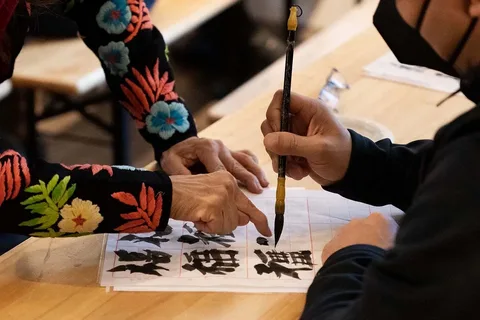
Chinese calligraphy is more than just beautiful handwriting—it’s an art form that reflects centuries of culture, philosophy, and inner discipline. For those living in or visiting Singapore, this timeless tradition is more accessible than ever. Signing up for a Chinese calligraphy class Singapore offers you a chance to learn the strokes, techniques, and history behind this revered art, whether you’re a beginner or someone looking to refine your skills.
Why Learn Chinese Calligraphy in Singapore?
Singapore is a melting pot of cultures, and the city-state takes pride in preserving its Chinese heritage. Through organized courses and workshops, learners have access to skilled calligraphy masters and institutions committed to traditional Chinese arts. Whether you’re pursuing it for cultural appreciation, mindfulness, or creative expression, a Chinese calligraphy class in Singapore is a gateway to an enriching journey.
What to Expect in a Chinese Calligraphy Class
A typical Chinese calligraphy class Singapore experience begins with an introduction to brush types, ink preparation, and proper posture. Students are guided through basic strokes, character structure, and different calligraphy styles such as Kaishu (standard), Xingshu (semi-cursive), and Caoshu (cursive). Many classes also delve into historical context and famous calligraphers, allowing students to develop a well-rounded appreciation.

Classes are available for all age groups. From adult-focused courses to beginner-friendly classes, and even unique sessions designed specifically for parent and child pairs, there is something for everyone.
Parent-Child Bonding Through Calligraphy
One of the most rewarding experiences offered is the Chinese calligraphy class Singapore parent child program. These classes are designed to encourage family bonding through creative activity. While parents and children learn side by side, they also develop patience, concentration, and cultural knowledge together. It’s a meaningful way to spend quality time while building a shared skill.
Dive Deeper with Chinese Calligraphy Carving Classes
For those looking to explore beyond brush strokes, the Chinese calligraphy carving class Singapore takes the experience to another level. These classes focus on stone carving or seal carving, a traditional practice that complements calligraphy. Students learn how to transfer characters onto stone surfaces and carve them into elegant seals, often used as signature stamps by calligraphers. This tactile and meditative process adds a new dimension to your understanding of calligraphic art.
Who Can Join These Classes?
Chinese calligraphy is suitable for all age groups and backgrounds. You don’t need to know Chinese to begin—many courses cater to non-native speakers and explain the process in English.
You can enroll if you are:
- A student seeking an extracurricular cultural activity
- An adult exploring a creative outlet
- A parent wanting to bond with your child
- A tourist interested in a cultural workshop
- An art lover wishing to expand your skill set
Most institutions offer short-term workshops, full-term courses, and even private lessons tailored to your schedule and needs.
Benefits of Learning Chinese Calligraphy
Besides the joy of learning a beautiful skill, participating in a Chinese calligraphy class in Singapore offers numerous benefits:

- Improved focus and patience: The careful attention to brush pressure and movement enhances mindfulness.
- Stress relief: The rhythmic nature of writing characters has a calming effect.
- Cultural understanding: Calligraphy deepens your appreciation for Chinese history and traditions.
- Artistic expression: It opens new doors for creativity and personal style.
- Motor skills development: Especially beneficial for children and seniors.
Where to Find Chinese Calligraphy Classes in Singapore
There are several reputable institutions and studios offering top-tier classes across Singapore. Some of the most popular options include:
- The Chinese Calligraphy Society of Singapore (CCSS): Offers structured courses from beginner to advanced levels.
- Community Centres and CCs: Affordable, beginner-friendly classes often supported by government initiatives.
- Private Art Studios: Provide customized workshops, including Chinese Calligraphy Class Singapore options.
- Schools and Language Institutes: Include cultural immersion as part of Chinese language programs.
Be sure to check for trial classes or seasonal workshops which are great for those unsure about long-term commitment.
Materials Used in Calligraphy Classes
Most courses provide the essential tools or list them for purchase. These typically include:
- Chinese brush (Mao Bi)
- Ink stick and ink stone
- Red seal paste
- Rice paper (Xuan paper)
- Practice sheets and workbooks
For carving classes, additional tools like carving knives and soapstones are used.
Testimonials from Students
“Taking a Chinese Calligraphy Class Singapore parent child session was one of the best experiences I’ve had with my daughter. We not only learned something new but created lasting memories.” – Aisha K., Mother
“I enrolled in a Chinese calligraphy carving class Singapore last month, and I loved how it combined both art and history. Now I have my own carved seal!” – David L., Designer
“I knew nothing about Chinese calligraphy before moving to Singapore. The beginner classes made everything accessible and inspiring.” – Rachel T., Expat

How to Choose the Right Class
When selecting a Chinese calligraphy class Singapore, consider the following:
- Instructor experience: Look for teachers with authentic training and cultural background.
- Class size: Smaller groups offer more personalized feedback.
- Curriculum: A structured syllabus ensures progressive learning.
- Language medium: Ensure it’s conducted in a language you’re comfortable with.
- Class format: Choose between online, in-person, or hybrid options depending on convenience.
Tips to Excel in Chinese Calligraphy
- Practice regularly: Repetition is key to mastering strokes.
- Observe and analyze: Study the work of master calligraphers for inspiration.
- Ask questions: Don’t hesitate to seek feedback from your instructors.
- Combine with carving: Enrich your skills with seal-making or carving courses.
- Be patient: Progress may be slow, but every stroke builds your skill.
Conclusion
Whether you’re exploring your cultural roots, seeking a creative outlet, or looking for a unique family bonding activity, enrolling in a Chinese calligraphy class Singapore is a rewarding decision. With options like Chinese calligraphy class in Singapore for all skill levels, Chinese calligraphy carving class Singapore for a hands-on touch, and the special Chinese calligraphy class Singapore parent child sessions for family enrichment, there’s truly something for everyone.
-
Blog4 months ago
Wedding day horror: Groom falls to death at VOCO Orchard Hotel on Wedding Day
-
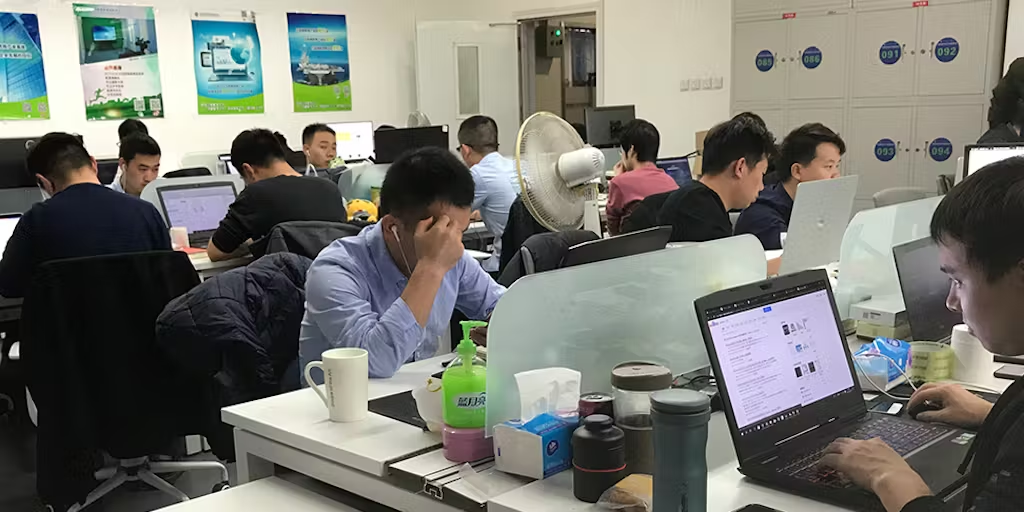
 Technology3 months ago
Technology3 months agoEdTech in Singapore: 150+ Companies Driving $180M Digital Learning Revolution
-

 Food2 months ago
Food2 months agoYi Dian Dian Bubble Tea Singapore: Menu, Outlets & Try Drinks
-

 Blog6 months ago
Blog6 months agoBest of SG with Singapore Rediscover Voucher
-
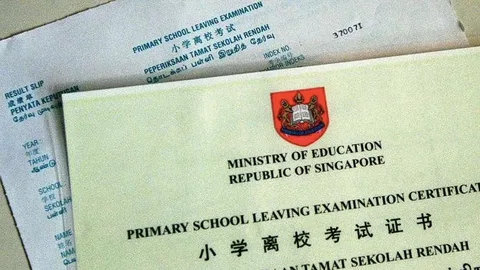
 Business6 months ago
Business6 months agoWhat to Expect During PSLE Marking Days 2023
-

 Digital Marketing3 months ago
Digital Marketing3 months agoHow to Run Effective Xiaohongshu Advertising Campaigns
-
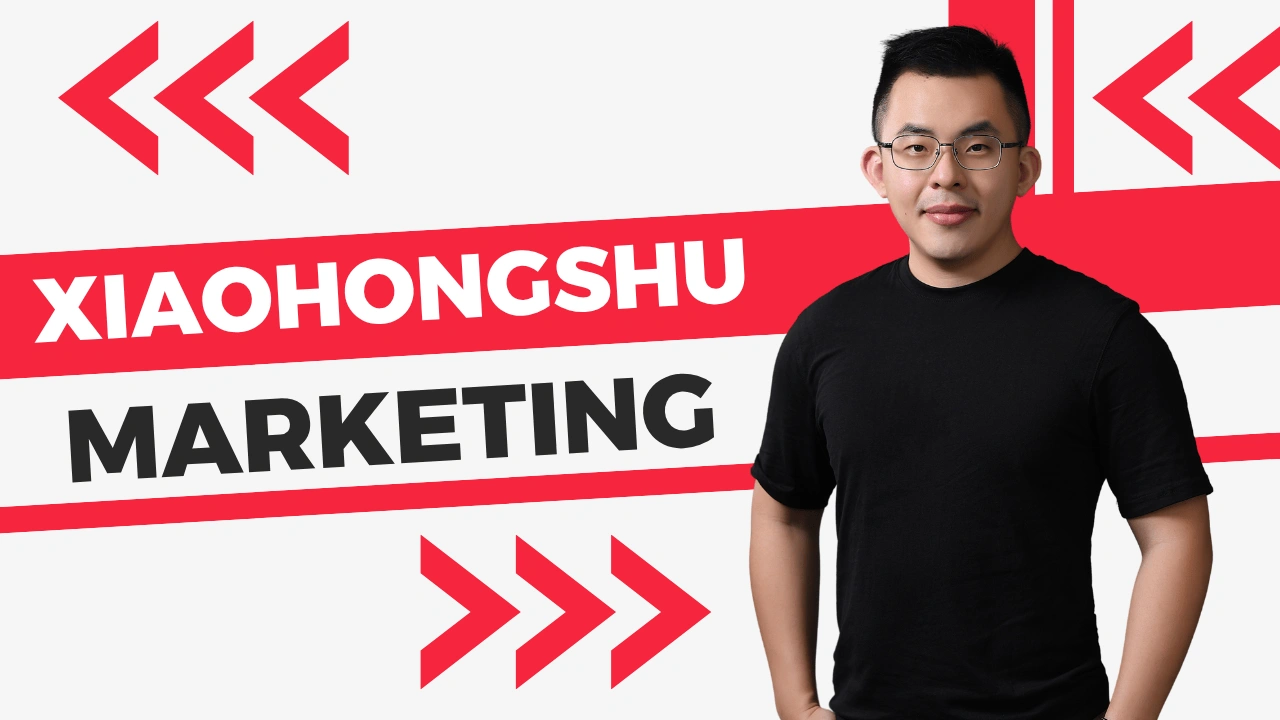
 Digital Marketing3 months ago
Digital Marketing3 months agoWhy Xiaohongshu Ads Are a Must for Reaching Chinese Consumers
-
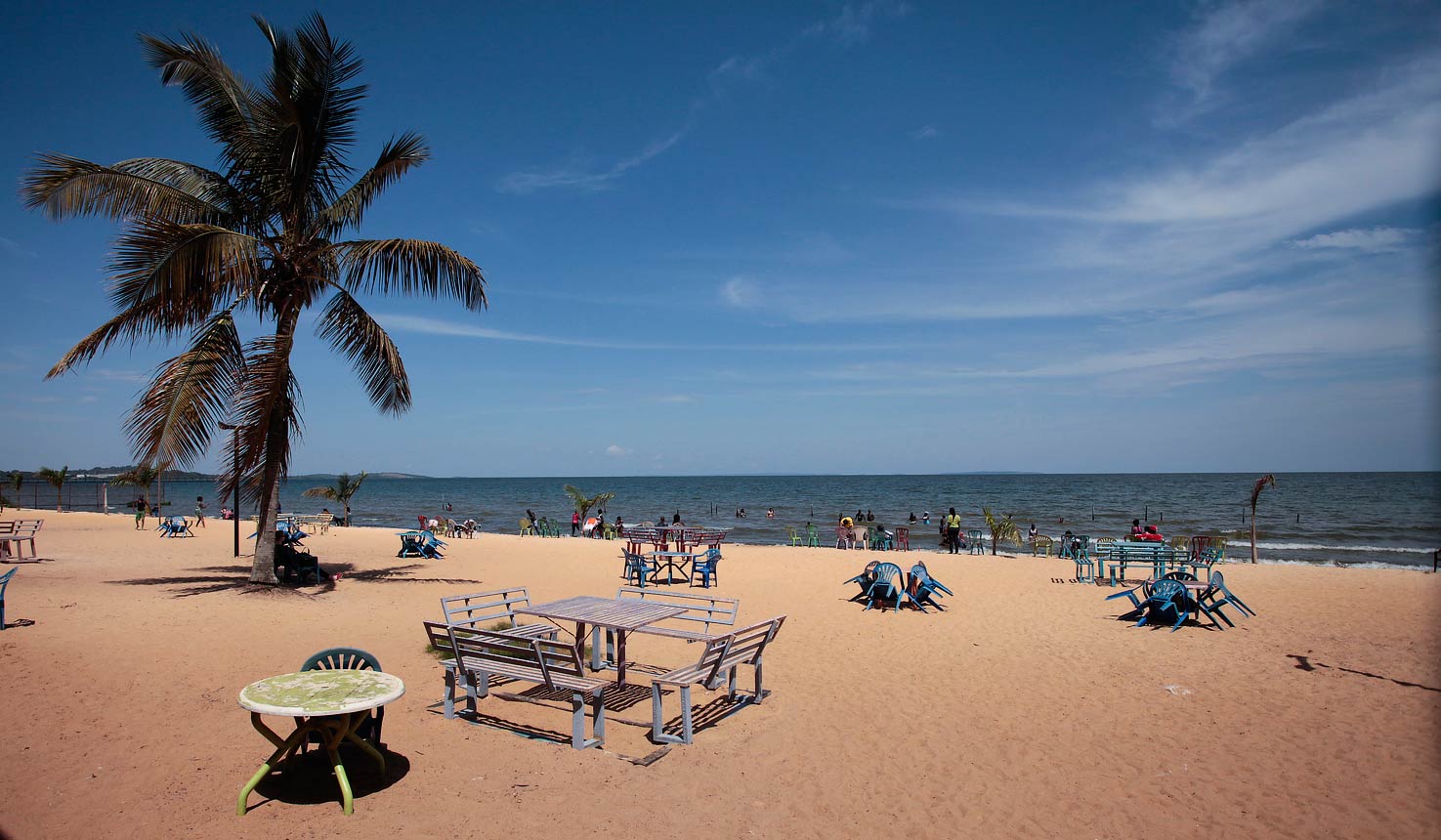
 Lifestyle3 months ago
Lifestyle3 months agoNew Mempari Beach: A Hidden Paradise in Lombok




